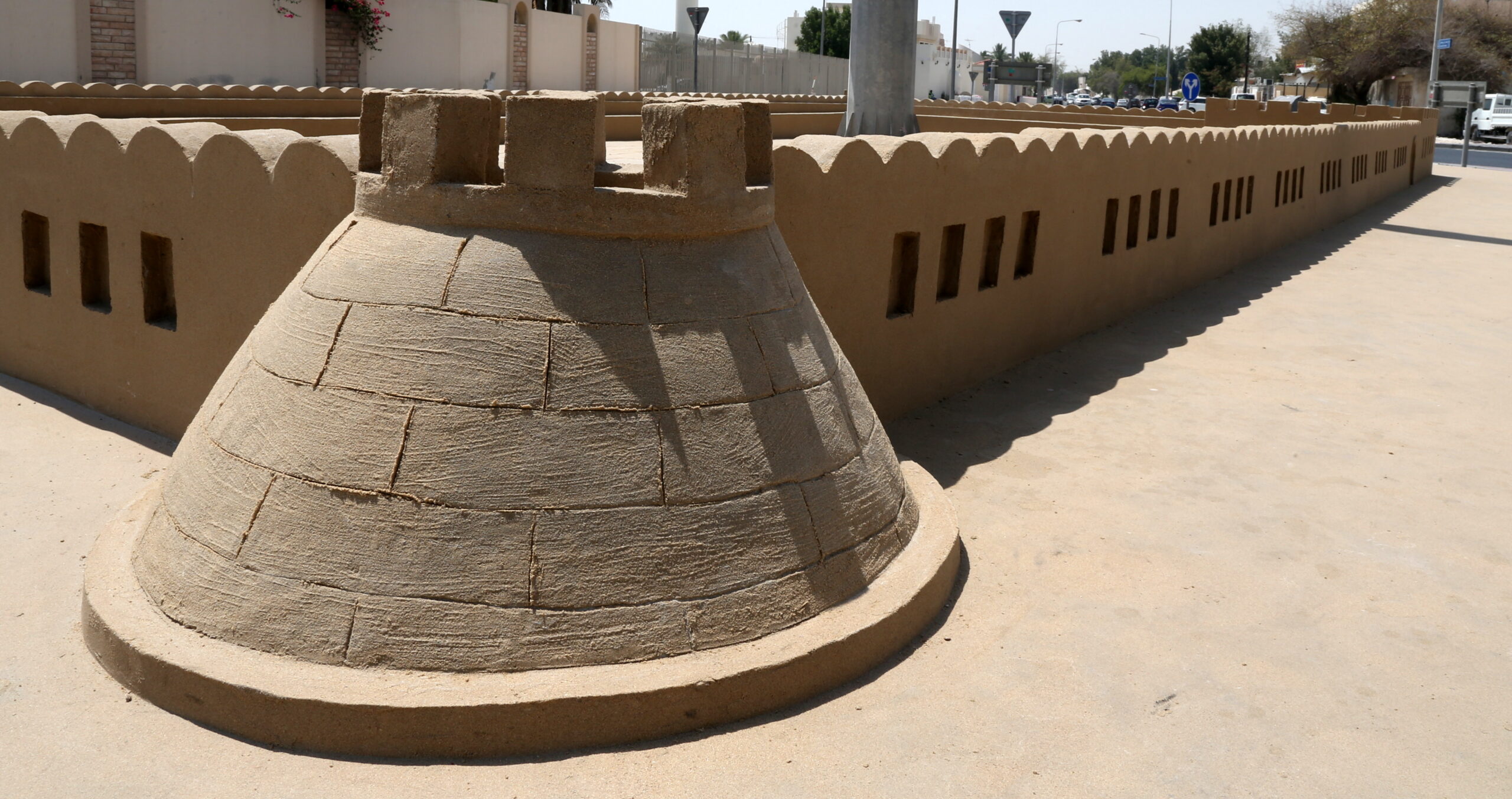Enjaz Stars for Contracting and trading
-
WhatsApp
+974 7448 7111 | +974 3054 5455 - Al Naser Tower (A) Al Dafna
Doha, Qatar

15
Dec 22What are the Methods of SS1 Soil Stabilization ?
- Parking Lots Soil Stabilization
Cement Stabilization – This is one of the more common methods of soil stabilization due to the relatively low cost and wide availability of cement. Soil is basically combined and mixed with cement to add strength and durability. The end result is fairly durable and resistant to weather, making it a great choice for sandy soil environments. However, the process is relatively labor intensive, and not healthy for the environment. Additionally, while the resulting soil-cement admixture has high durability, it is still susceptible to cracking.
Lime Stabilization – Lime stabilization is another of the popular methods of soil stabilization. This procedure is not nearly as cost-effective as cement, and it can be more expensive due to the cost of the burnt limestone required for the process. It is also bad for the environment; burning lime in kilns generates toxic runoff that can damage groundwater supply. However, it does increase the strength and stability of soil, particularly in dry (but not sandy) environments where the material can be compacted – the total compressive strength can be increased by up to 60x in some situations.
Chemical Stabilization – Chemical methods of soil stabilization are a wider group, as there are many different applications. The major advantage of this approach is that there is likely a chemical soil stabilization solution designed for any specific environment you may require, so performance is likely to be high. Most of the chemicals used in these processes are dangerous for the environment though, and they can be quite expensive as well.
Polymer Stabilization – Polymer based methods of soil stabilization are the most modern, and offer a number of advantages over more traditional procedures. They involve combining the soil with non-reactive, environmentally neutral polymer based filler material. One of the biggest advantages of polymer based methods of soil stabilization is that they do not negatively impact the environment whilst creating a waterproof, semi flexible pavement. They also offer advantages in terms of strength, and are typically one of the more affordable options as well.
